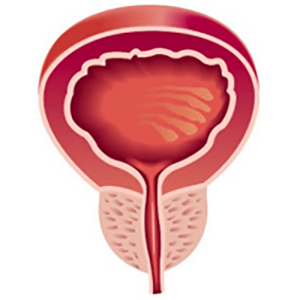 Smart Citations
Smart CitationsSee how this article has been cited at scite.ai
scite shows how a scientific paper has been cited by providing the context of the citation, a classification describing whether it supports, mentions, or contrasts the cited claim, and a label indicating in which section the citation was made.
Could YouTubeTM encourage men on prostate checks? A contemporary analysis
Objectives: To assess YouTube™ videos’ quality on prostate checks, especially on the digital rectal exam (DRE), and to investigate if they can inform patients correctly and eradicate their beliefs and myths.
Methods: A search using as keywords “digital rectal exam for prostate cancer” was performed on the YouTubeTM platform. We selected the first 100 videos. To assess video quality content, Patient Education Materials Assessment Tool for audio-visual content (PEMAT A/V) and Misinformation tool were used.
Results: Seventy-three videos were suitable for the analyses. The median PEMAT A/V Understandability score and PEMAT A/V Actionability score were 46.2% (interquartile range [IQR]: 30.8-76.9) and 50.0% (IQR: 25.0-75.0), respectively. The medi-an PEMAT A/V Understandability and Actionability scores were 69.2% (IQR: 46.2-88.5) vs 46.2% (IQR: 30.8-61.5) (p = 0.01) and 100.0% (IQR: 87.5-100.0) vs 25.0% (IQR: 25.0-68.8)
(p < 0.001), for healthcare workers vs patients, respectively. According to the Misinformation tool, the median misinforma-tion score of the overall videos was 2.2 (IQR:1.7-2.8). According to the target audience, the misinformation score was 2.8 (IQR: 2.4-3.5) vs 2.0 (IQR: 1.5-2.8) (p = 0.02), for healthcare workers vs patients, respectively.
Conclusions: Currently, based on our analyses, YouTubeTM videos’ quality on DRE resulted unsatisfactory according to the PEMAT A/V score and the Misinformation tool. Videos targeted to healthcare workers got higher quality scores if compared to videos targeted to patients. Therefore, YouTubeTM videos’ may not be considered a reliable source of information on DRE for patients.
How to Cite
PAGEPress has chosen to apply the Creative Commons Attribution NonCommercial 4.0 International License (CC BY-NC 4.0) to all manuscripts to be published.

 https://doi.org/10.4081/aiua.2022.3.285
https://doi.org/10.4081/aiua.2022.3.285




